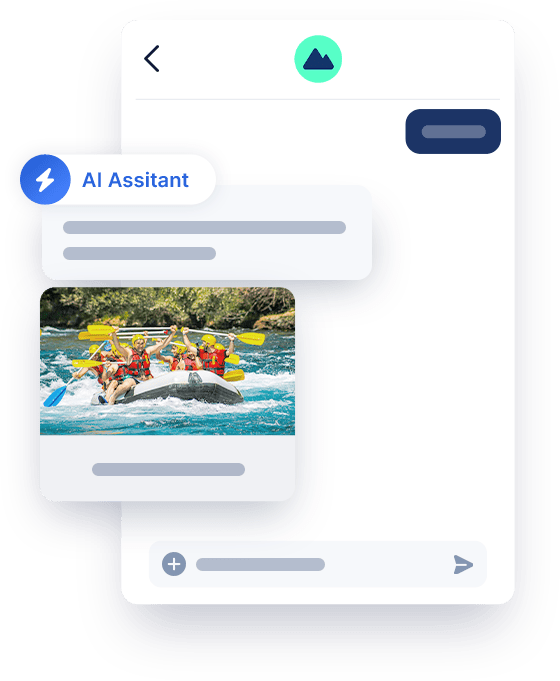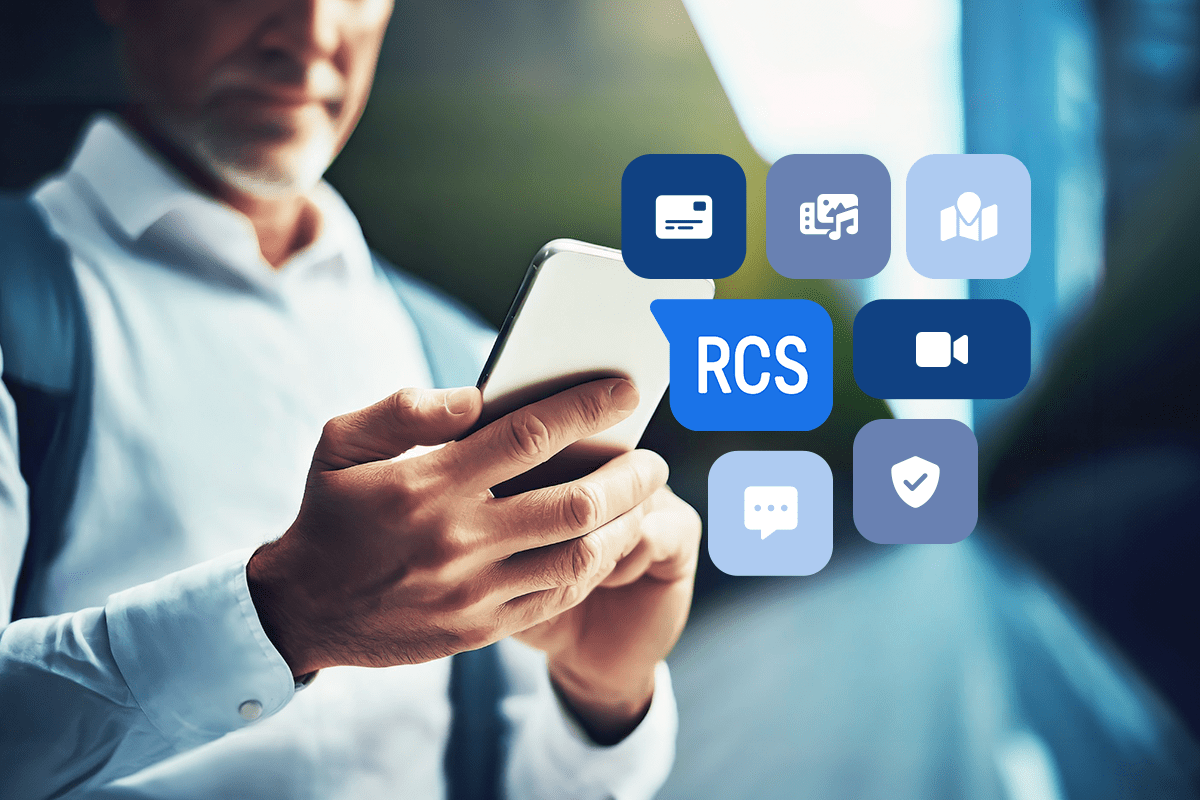How Messaging Fits Into The Call Center

Are your customers antagonized by a complex IVR menu maze? Do they get frustrated and press zero to talk to a live person, shout “agent, agent, agent”, or hang up before they resolve their issue? You’re not alone. Although IVR has been viewed as a pillar of customer self-service for a long time, most people have a strong aversion to using them.
IVR systems have received a lot of scrutiny as consumers, especially Millennials, have become increasingly more self-reliant and mobile. Advocates and critics have predicted the rise and fall of IVR for decades. Maybe it’s time we start to think of a different outcome – one that isn’t a total win or lose game for IVR.
In this post, we’ll discuss how IVR must evolve in order to stay relevant in today’s mobile world. We’ve identified three things that must be brought into the IVR experience.
Omni-Channel
Consumers live across many devices. Laptops, smartphones, and tablets are the screens that manage our lives day in and day out. Whether it’s staying in touch with our family or friends or staying on top of current news, we are digitally connected and dependent. From tracking our diets to tracking packages, there is an expectation of immediacy and availability of information and support that spans channels.
These expectations don’t stop once a customer picks up the phone to call a company. In fact, this is where those expectations can turn into impatience and frustration. In fact, 93% of customers using a call center channel want one call resolution (OCR).
However, many customers hang up before they even speak to anyone. Call abandonment rates can average anywhere from 10% – 15% depending on the industry. For those calls that do engage an agent, OCR is at a 72% industry average, which means 28% of customers have to call back one or many times to reach a resolution.
These stats tell us that anywhere from 38% – 43% of customers picking up the phone for customer service are not getting the level of service they want and expect. We believe IVRs will have to present customers with channel options, other than just voice so customers can find more convenient paths to issue resolution.
This is exactly the reason a lot of Quiq clients have looked at messaging as a way to honor the needs of the digitally connected customer. These clients are enabling asynchronous messaging over SMS, social, and the web. Quiq Messaging integrates directly into an existing IVR and enables existing landlines to send and receive text messages.
Personal
IVR’s are notoriously robotic, confusing, and impersonal. Future IVR’s may find ways to change that with advances in voice recognition and by making menu options more visual. The use of visual communications is on a rise throughout all media consumed because it helps relay information faster and with a more clear and more consistent delivery.
For instance, Quiq clients have found that customers are engaging heavily through mobile devices. The majority feel right at home attaching documents, emojis, gifs, videos, and photos to bring more context to their specific situation. Agents who use Quiq Messaging are often encouraged to use visual content such as emojis to make conversations with customers feel more like the conversations they have with friends and family.
Quiq clients are also adopting messaging as a way to make conversations feel more human by adapting to the customer’s speed and pace of interaction. Quiq’s Adaptive Response Timer automatically prioritizes conversations for agents based on the customer’s engagement pace to give each customer a more tailored experience.
Mobile
Calls get missed or dropped. Customers get busy and have to abandon conversations. Future IVRs will have to be more accommodating to the lives of busy customers who don’t want to shout “representative” or “agent” repeatedly into the phone while in noisy environments or sit through confusing menus only to be put on hold.
Instead of having customers wait on hold, Quiq clients are able to provide customers the option, within the IVR, to have the next available agent text them. By deflecting calls to messaging, our clients are able to give customers a more preferred option to engage. By deflecting calls to messaging, our clients are able to give customers a more preferred option to engage, while reducing workload ~25 to ~40%.
Research shows that 71% of consumers find text messaging to be an extremely or very effective Consumer-to-Business (C2B) communication channel (Customer Preference for Messaging). Customers appreciate having the option to address their issues over the channel that is most convenient for them.
With asynchronous communications such as text messaging, conversations can take place over a time period that fits the customer’s pace, so even if your customer has to walk away from a conversation or gets disconnected, conversations pick up right where they left off.
IVR still remains one of the leading entry points for consumers to engage with companies. However, it’s also the costliest way for companies to interact with their customers and the most inconvenient way for customers to engage. Quiq Messaging allows you to deliver a personal, mobile, omnichannel experience – easily integrating within your current IVR. If you’re ready to bring your IVR into the future, request a demo today.
Quiq makes it easy for customers to contact a business via Messaging, the preferred channel already in use with our friends and family. With Quiq, customers can now engage with companies via SMS/text messaging, Facebook Messenger, Web Chat, In-App, and Kik for help with their pre-sales and post-sales questions. Learn more about Quiq today at quiq.com.




